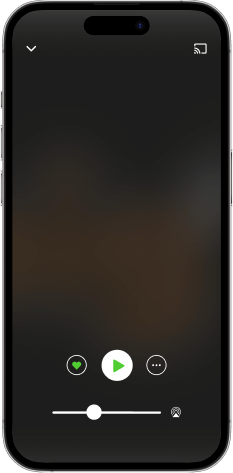A brush with… Jeffrey Gibson
Jeffrey Gibson talks to Ben Luke, welcome to A brush with… about his influences—from writers to musicians, film-makers and, of course, other artists—and the cultural experiences that have shaped his life and work.Gibson—born in 1972 in Colorado Springs, in the US, and based today in Germantown, New York—has created a visual language which fuses text, high colour and rich pattern, and a diverse materiality to evoke joy and exuberance as well as critique and resistance. A member of the Mississippi Band of Choctaw Indians and of Cherokee descent, Jeffrey brings together Indigenous languages and histories, queer aesthetics, an abiding concern with broader ancient, historic, Modern and contemporary visual culture, and a profound engagement with popular music and literature. His works range from painting, in which he trained, to myriad sculptural forms, performances and installations and video. With this interdisciplinary practice, he deliberately confronts orthodoxies in the art world and art history, questioning biases regarding taste, value and legitimacy, confronting and subverting stereotypes of Indigenous people and culture, and proposing a radical interaction with the objects and spaces he creates. He reflects on his work’s overarching collage aesthetic, the deliberate confrontation in his work with decorative and craft traditions, and the role of colour in his work generally and in his new works for an exhibition at Hauser & Wirth in Paris. He discusses the early impact of Henri Matisse, his love of Magdalena Abakanowicz’s textile sculptures, the importance to him of Frank Bowling and David Hammons. He talks about his connection with the poet Layli Long Soldier, whose poem inspired the title for his US pavilion presentation at the Venice Biennale in 2024, and recalls a remarkable and formative encounter with the writer and critic Hélène Cixous. He also discusses the experience of encountering the music of Goldie and drum and bass in London in the 1990s and how it is reflected in his work today. Plus, he gives insight into his studio life and answers our usual questions, including the ultimate, what is art for?Jeffrey Gibson: THIS IS DEDICATED TO THE ONE I LOVE, Hauser & Wirth, Paris, 20 October-20 December; The Genesis Facade Commission, Jeffrey Gibson: The Animal That Therefore I Am, Metropolitan Museum of Art, New York,12 September–May 2026; Jeffrey Gibson: the space in which to place me, The Broad, Los Angeles, until 28 September; Jeffrey Gibson: POWER FULL BECAUSE WE’RE DIFFERENT, MASS MoCA, North Adams, US, until September 2026; Jeffrey Gibson: boshullichi / inlʋchi / we will continue to change, Kunsthaus Zürich, Switzerland, until December 2026; An Indigenous Present, co-curated by Jeffrey Gibson, ICA Boston, 9 October-8 March 2026; Frist Art Museum, Nashville, 26 June-27 September 2026, Frye Art Museum, Seattle, 7 November 2026-14 February 2027. Hosted on Acast. See acast.com/privacy for more information.


